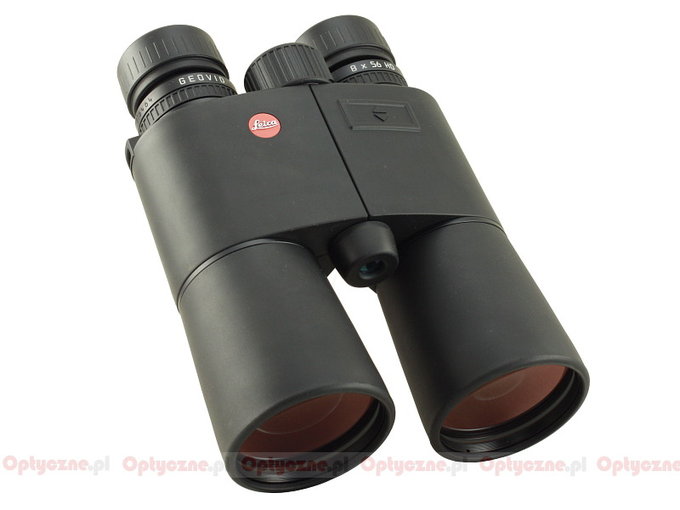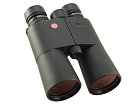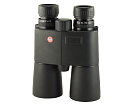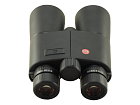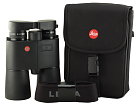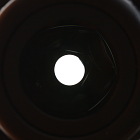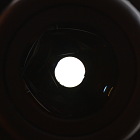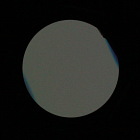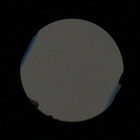Leica Geovid 8x56 HD-M
All Geovid HD binoculars are also feature the AquaDura technology – a system of hydrophobic layers which reduce significantly the surface tension. They allow water droplets and dirt to simply roll off of the front element of the binoculars. The housings of Geovid devices are always made of hard, die-cast aluminum covered by shock-absorbing rubber, which ensures steady grip even when your hands are wet or gloved. Eyecups are constructed in such a way that guarantees comfort of observation also for spectacle-wearing people. They can be easily removed to make keeping the eyepieces clean easier. What’s interesting, these binoculars, apart from the central focusing wheel, also feature individual rings to correct dioptre in every eyepiece individually.
. All Geovid HD binoculars are nitrogen-filled which reduces fogging during sudden changed of temperature. They are also completely waterproof – submersible up to a depth of 5 m – and they can be used in the temperature range from minus 25 to plus 60 ░C.
The Geovid 8x56 HD features an improved laser rangefinder with the range increased to 1300 metres (1400 yards). The distance measurements are displayed in the right eyepiece of the binoculars using clear LED diodes. The brightness is automatically adjusted to conditions, guaranteeing comfortable usage during a sunny day and at night alike, without the risk of blinding. The accuracy of the rangefinder is supposed to reach 1 m in the distance to 350 m, 2 meters in the distance to 700 m and 0.5% above 700 m.
Package contents include: a neoprene carrying strap, a Cordura case, eyepiece and protective front lens covers. Because of electronic components this pair of binoculars comes with only two-year long warranty period.
| Magnification | Lens diameter | Angular field of view | Prisms | Eye relief | Weight | Price |
|---|---|---|---|---|---|---|
| 8 | 56 | 118/1000(6.8o) | BaK-4/roof | 18.5 mm | 1100 g | 9900 PLN |
Summary
Pros:
- solid, small and compact housing for such an equipment class,
- decent transmission in the center of the visible spectrum and, what’s important, the same for both optical paths
- negligible astigmatism,
- slight coma,
- chromatic aberration very well corrected,
- good whiteness rendering,
- slight brightness loss on the edge of the field,
- sharp image almost to the very edge of the field,
- low internal flares,
- slight distortion,
- rangefinder useful even at night.
Cons:
- too small prisms, giving, as a result, truncated and darkened exit pupils,
- objectives are closer to 55 mm than to 56,
- not blackened rangefinder electronic elements, clearly visible in the inner tube.
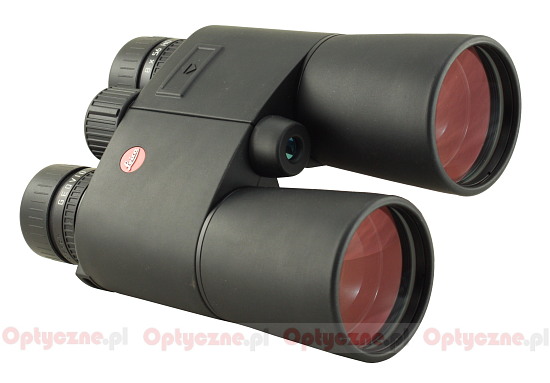 |
The situation is quite interesting here because the new model got a worse result than the old one. The transmission, which graph is presented below, is one reason of this assessment. What’s important, contrary to the rival Zeiss Victory 8x56 T* RF, we get here roughly the same the transmission for every optical path. It is a serious advantage. The problem is the graph, compared to its predecessor, changed – in one case the change was positive, in other negative but overall score for transmission and colour rendering, compared to that of the previous model, decreased. The new pair of binoculars renders colours better (a better performance for red) but the maximum transmission, reached by it, is lower.
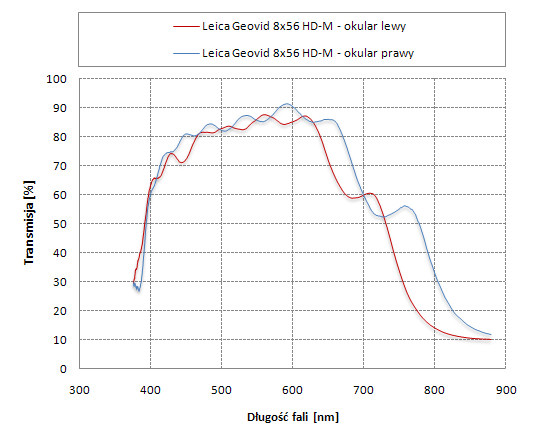 |
The next factor is the shape of exit pupils. Like in the case of the predecessor, you can notice too small prisms which make the image near the edge of the pupil a bit darkened and elements inside the binoculars noticeably overlap the pupils’ areas. What’s more, the percentage score of that overlapping is a bit higher than that of the predecessor so in the ‘central vignetting’ and ‘prism quality’ categories the device got worse scores.
Small prisms can be a good point too - you can clearly notice it looking at the photo below, showing the tested pair of binoculars next to the rival Zeiss Victory 8x56 T* RF. You can see at once that the Leica is smaller and more handy. Because of the size of the prisms it is one of the smallest top-of-the-range 8x56 sets of binoculars on the market. One more thing should be emphasized here. Compared to its predecessor, the new model features better coatings, definitely easier to clean, and a rangefinder of newer generation. These undeniable advantages aren’t assessed and scored in our tests.
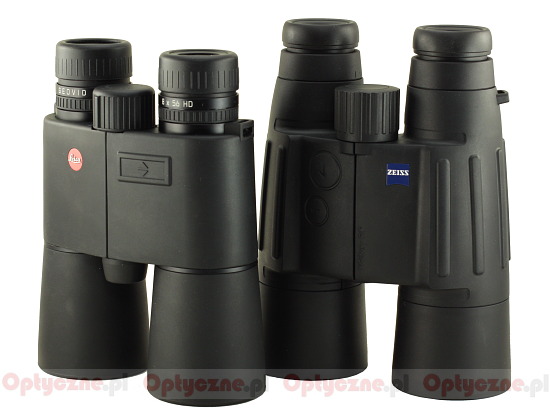 |
Finally a word or two about the rangefinder and its efficiency. The operation of rangefinder is problem-free during the day and also at night; its daytime and night-time efficiency we assess very highly too. For closer objects, situated in the distance of about several dozen meters, the measurements, shown by the Leica and its rival Zeiss were in perfect accordance with each other. When we tried to measure distances of more than several hundred meters, the differences reached 1-2 meters, which is perfectly within the declared margin of measurement error. The rangefinder function of this pair of binoculars can be called flawless then.
 |




